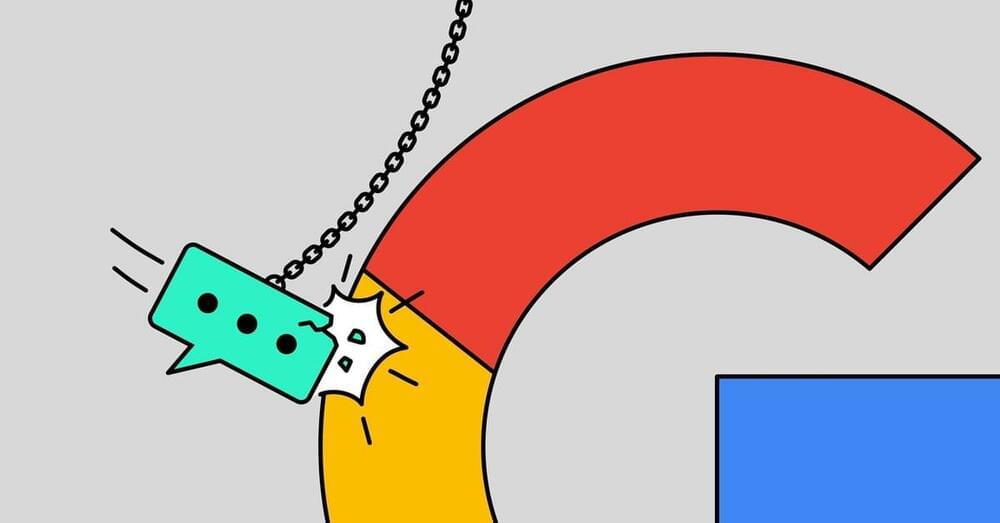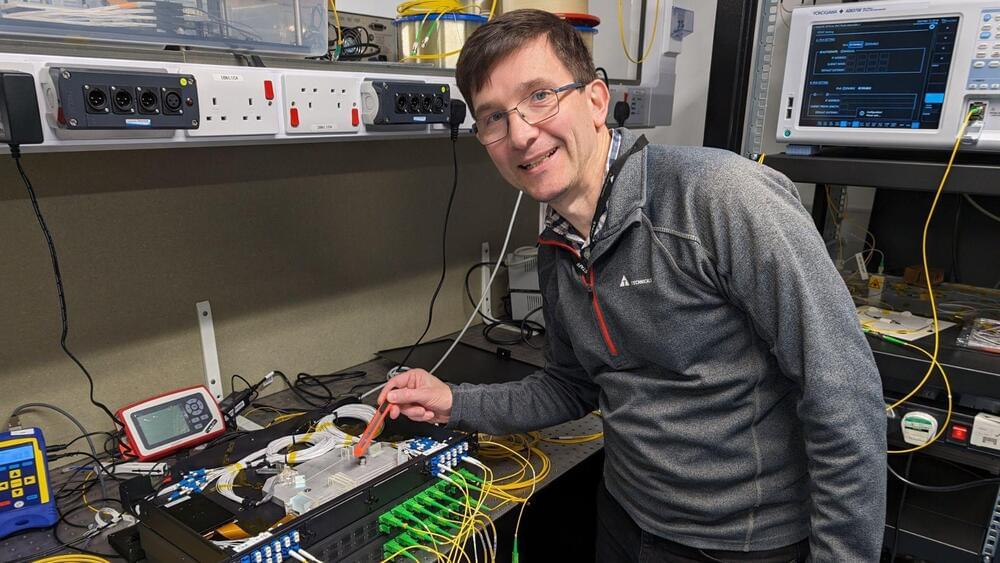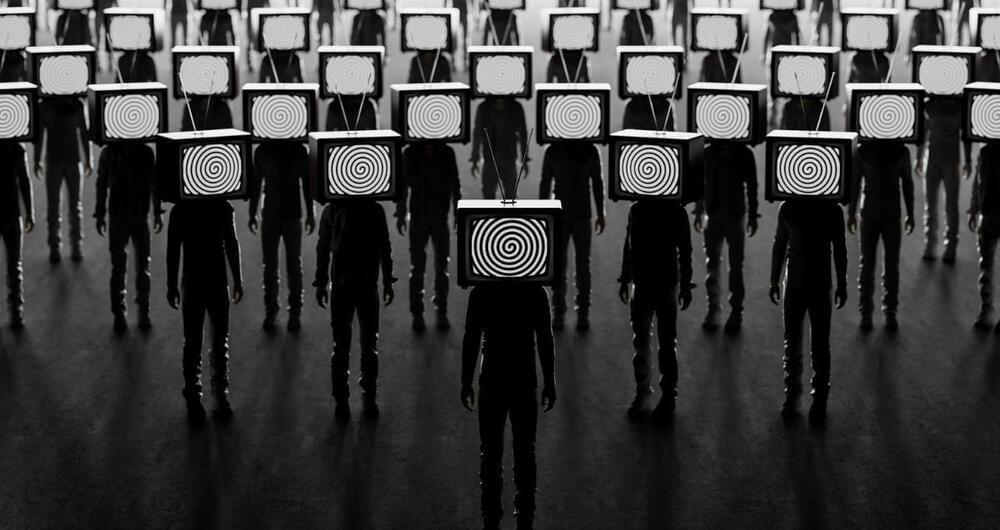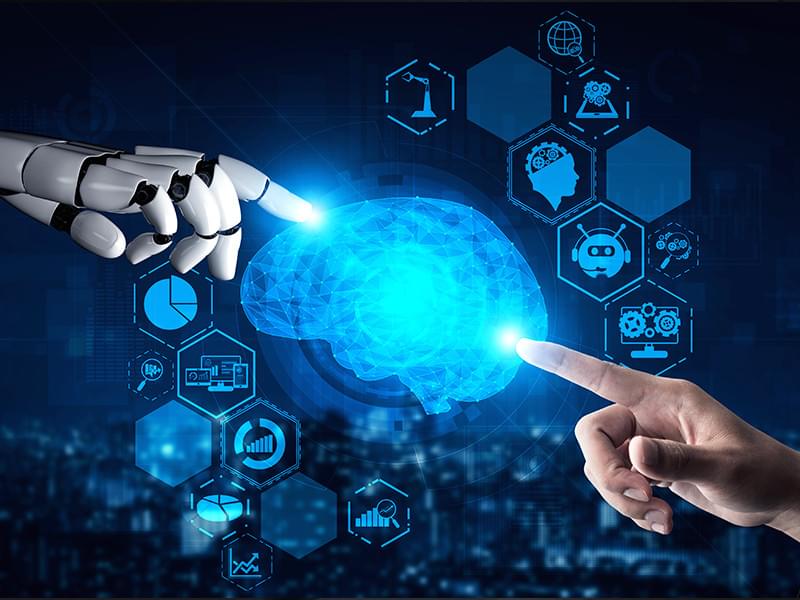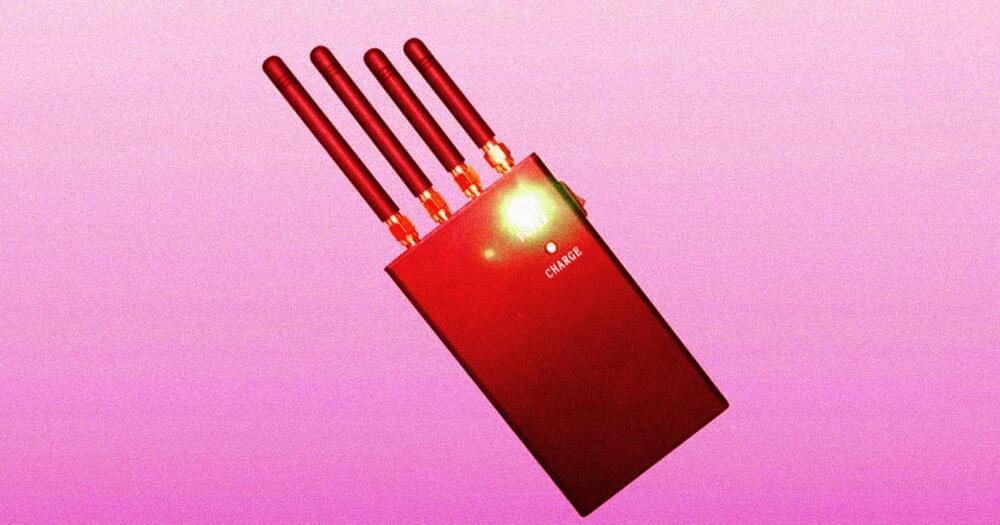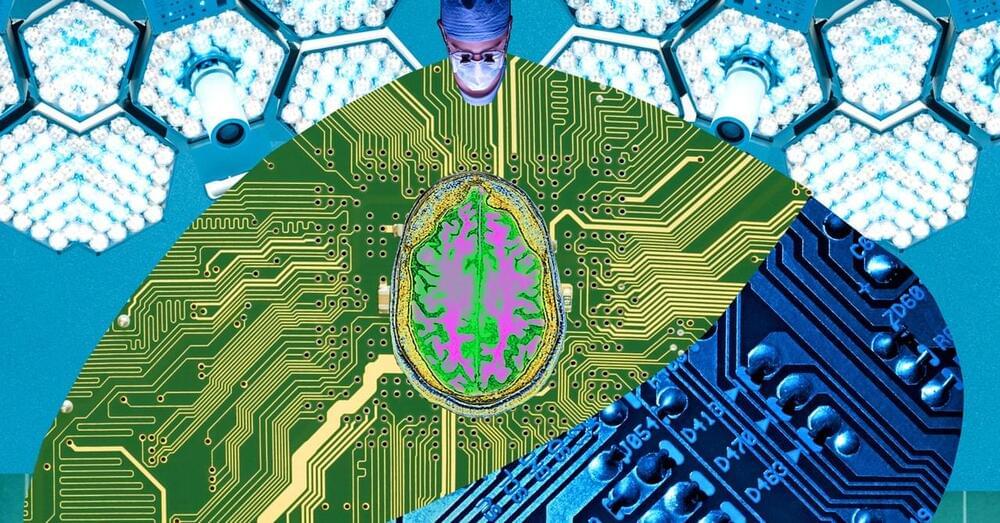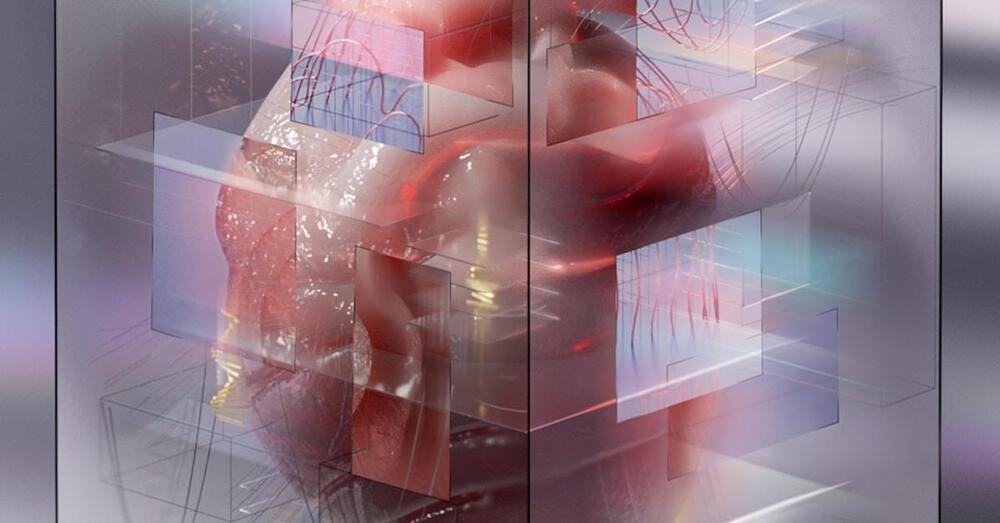
In the last decade, thanks to advances in AI, the internet of things, machine learning and sensor technologies, the fantasy of digital twins has taken off. BMW has created a digital twin of a production plant in Bavaria. Boeing is using digital twins to design airplanes. The World Economic Forum hailed digital twins as a key technology in the “fourth industrial revolution.” Tech giants like IBM, Nvidia, Amazon and Microsoft are just a few of the big players now providing digital twin capabilities to automotive, energy and infrastructure firms.
The inefficiencies of the physical world, so the sales pitch goes, can be ironed out in a virtual one and then reflected back onto reality. Test virtual planes in virtual wind tunnels, virtual tires on virtual roads. “Risk is removed” reads a recent Microsoft advertorial in Wired, and “problems can be solved before they happen.”
All of a sudden, Dirk Helbing and Javier Argota Sánchez-Vaquerizo wrote in a 2022 paper, “it has become an attractive idea to create digital twins of everything.” Cars, trains, ships, buildings, airports, farms, power plants, oil fields and entire supply chains are all being cloned into high-fidelity mirror images made of bits and bytes. Attempts are being undertaken to twin beaches, forests, apple orchards, tomato plants, weapons and war zones. As beaches erode, forests grow and bombs explode, so too will their twins, watched closely by technicians for signals to improve outcomes in the real world.

